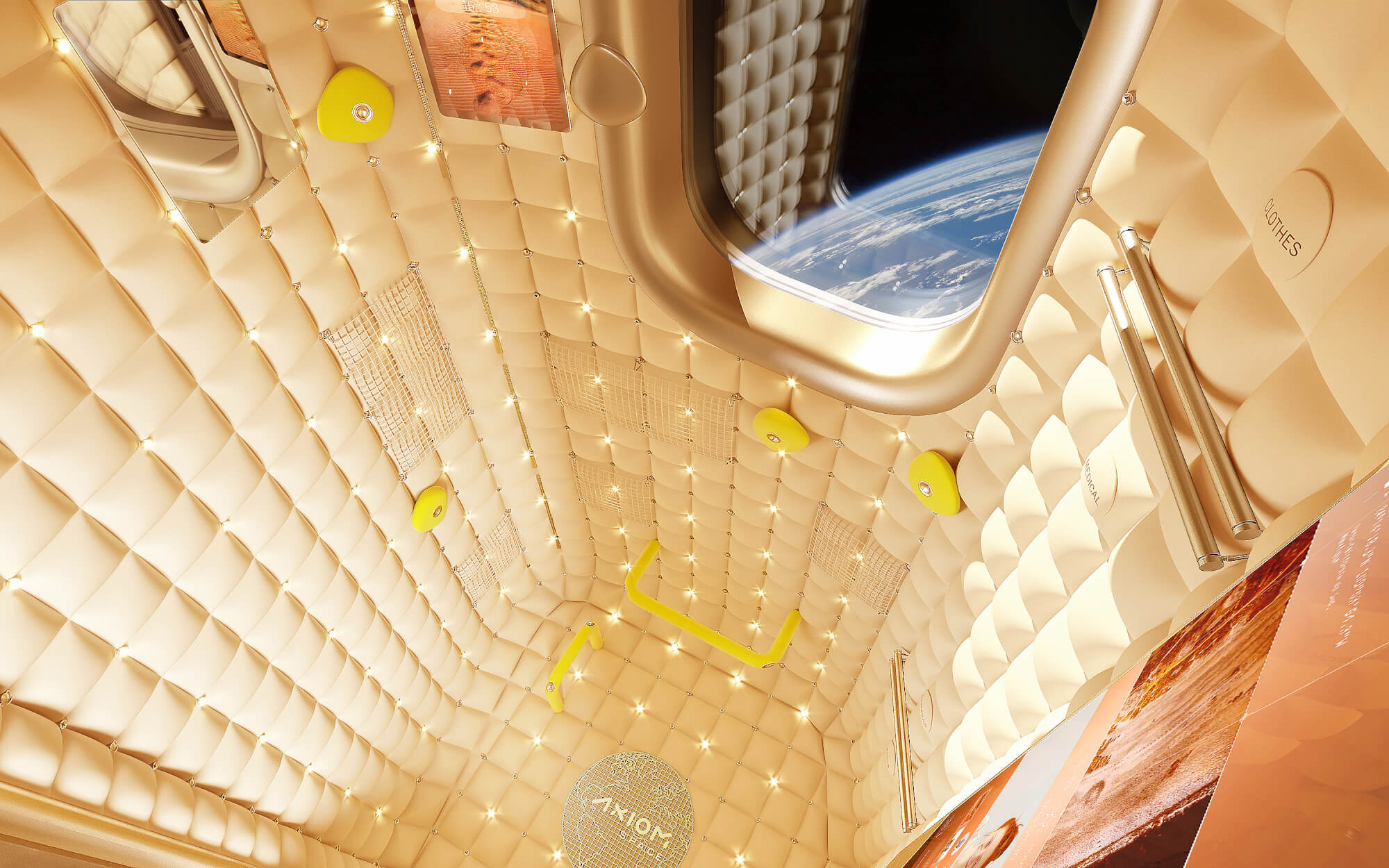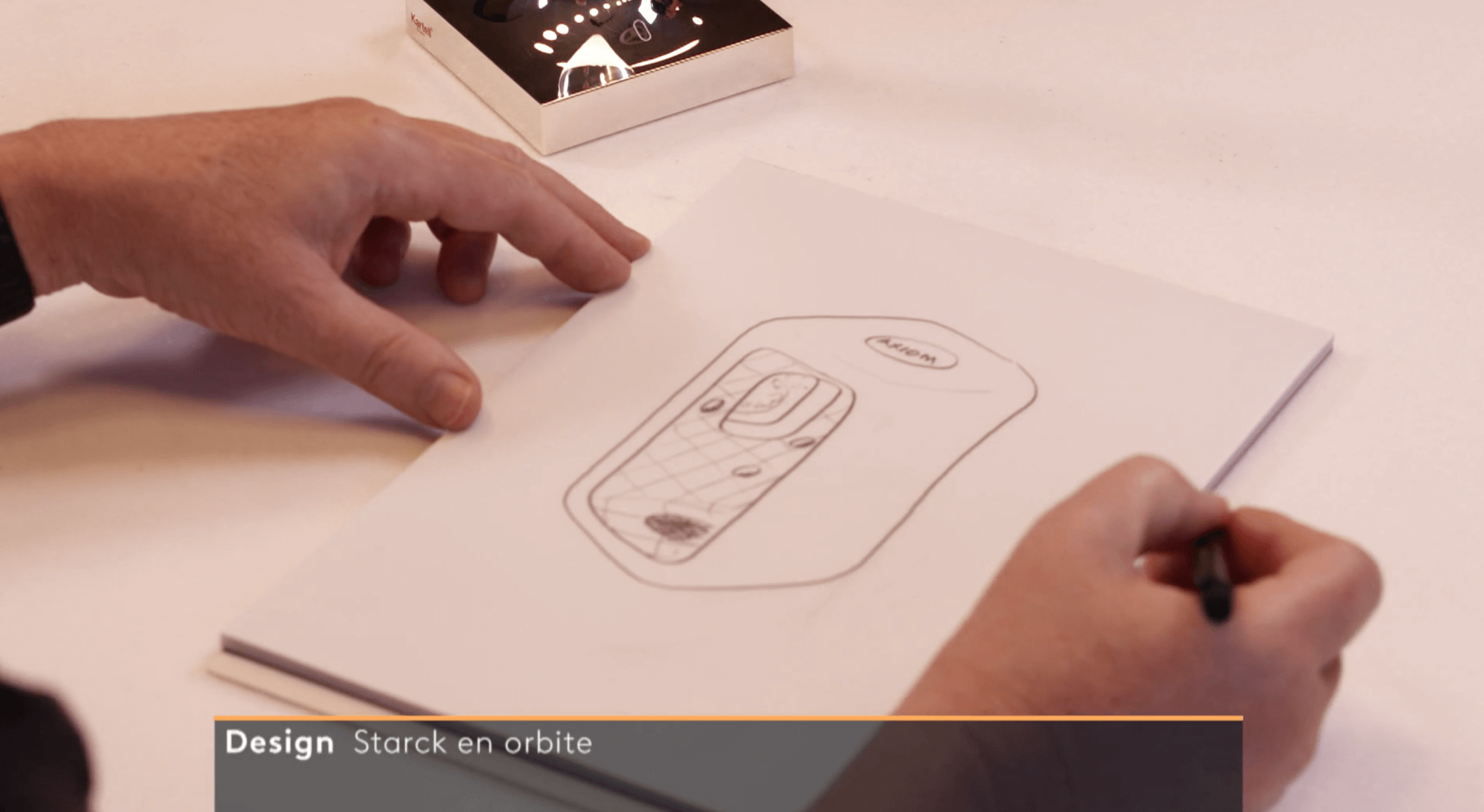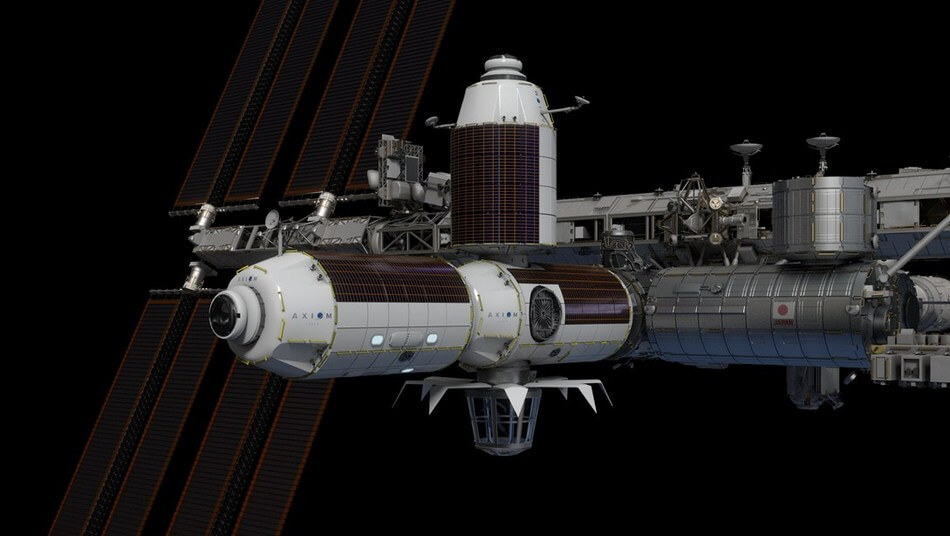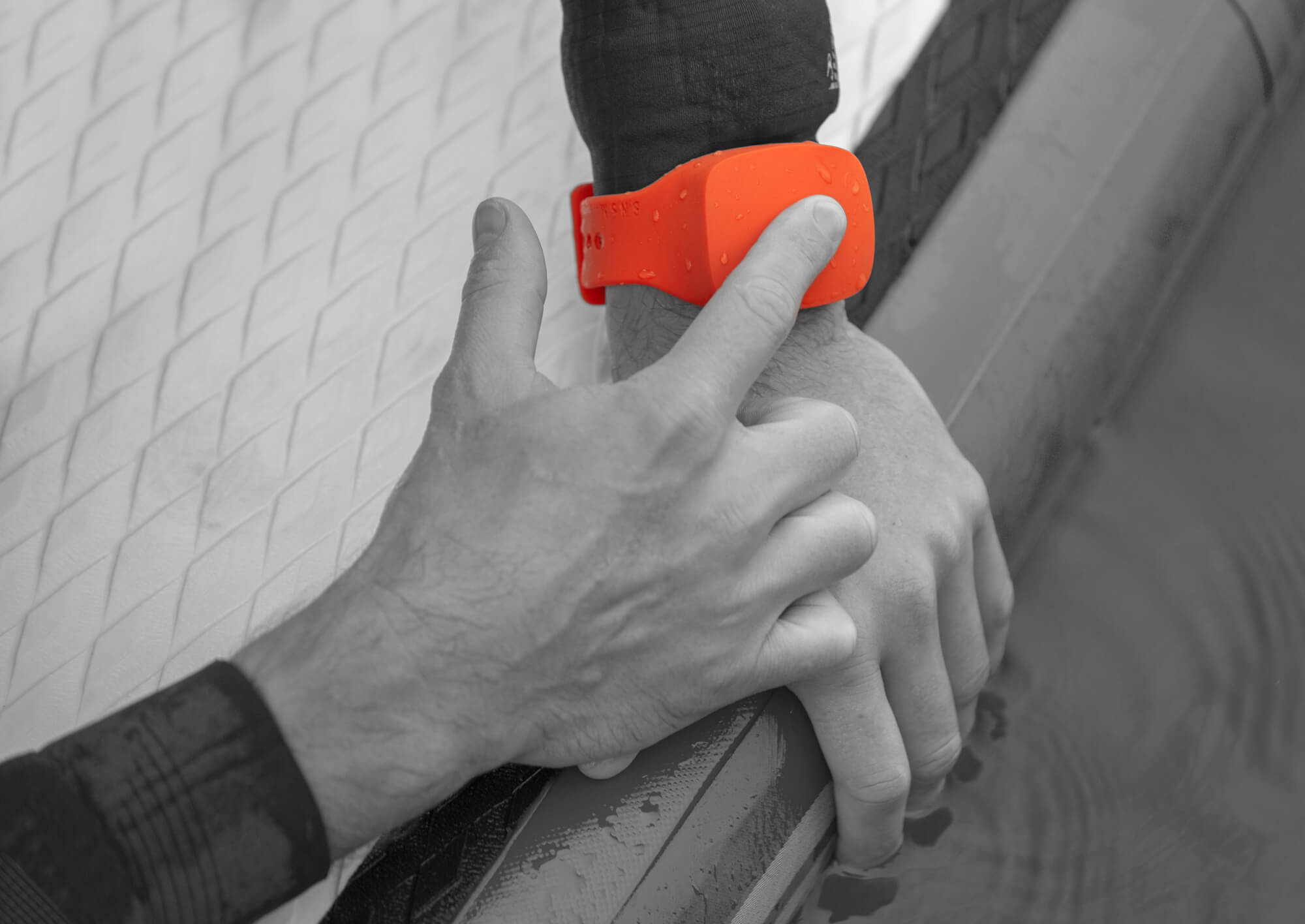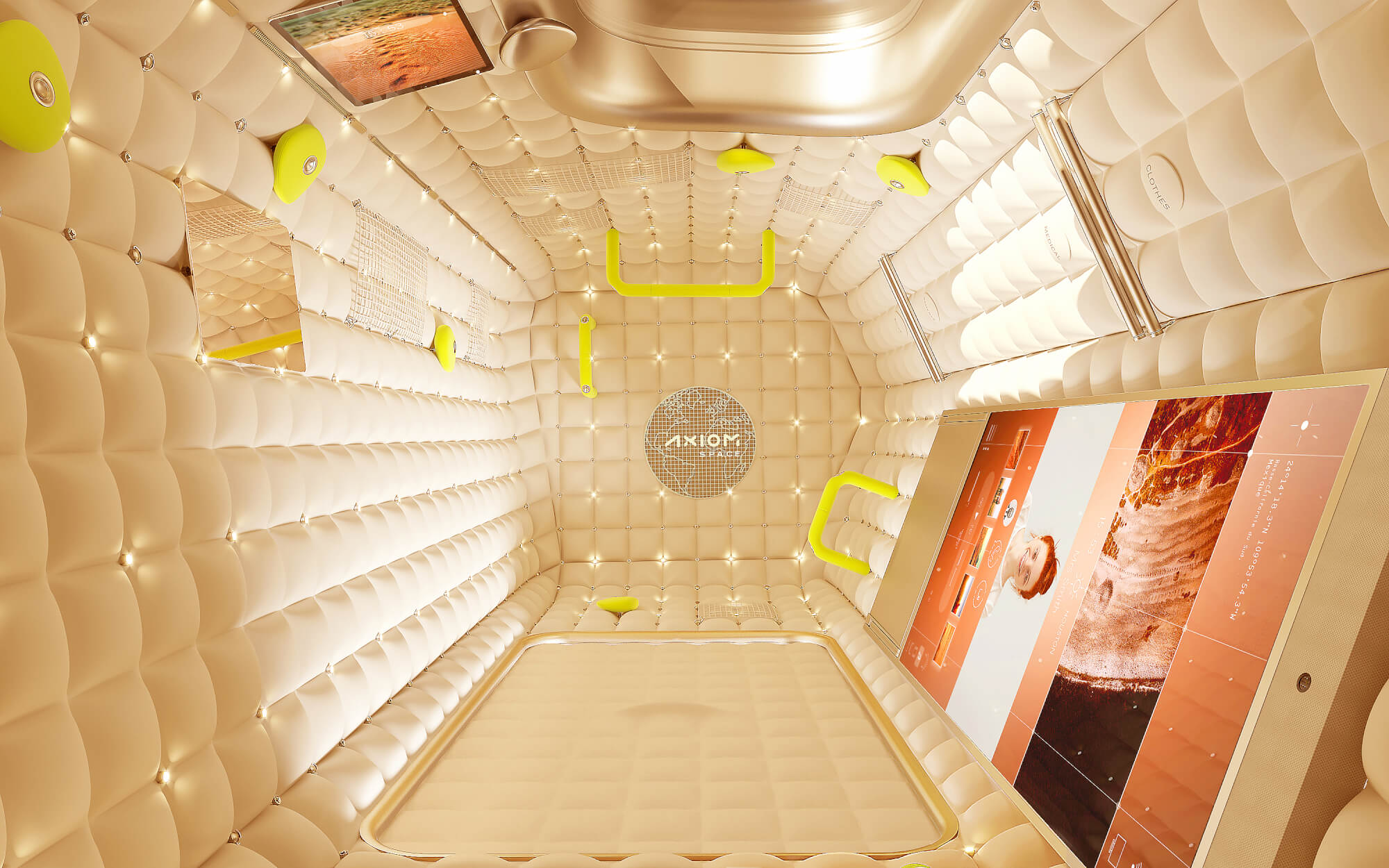



Axiom Space wins NASA approval for construction of commercial space station on ISS
The human dream of universal access to living and working in space has drawn one step closer. NASA has selected Axiom Space for access to the International Space Station’s Node 2 Forward port. The selection permits Axiom to now proceed officially with construction of the world’s first commercial space station by attaching its first modules to ISS.
“A commercial platform in Earth orbit is an opportunity to mark a shift in our society similar to that which astronauts undergo when they see the planet from above. Our goal is to advance the state of humanity and human knowledge. I am glad to see the Axiom team, with its advanced human spaceflight, engineering, and operations expertise, recognized for its potential to do just that and build off of ISS.”
Dr. Kam Ghaffarian, Executive Chairman - Axiom
The “Axiom Segment” of ISS will become home base for professional astronauts and private explorers and will enable universal access to living and working in space. This new commercial platform will provide a microgravity environment for research, exploration and future manufacturing. The station will significantly expand the usable and habitable volume on-station and upgrade it with a 360-degree, windowed Earth observatory. The segment will eventually detach and operate as a free-flying station when the ISS is decommissioned, providing a state-of-the-art platform for a commercial future in low Earth orbit.
Building on the legacy and foundation established by ISS, Axiom aims to make humanity’s venture into Earth's orbit a permanent frontier for innovation, economic development, and scientific discovery.
“Axiom focuses on space research and trying to find solutions to democratize space. I’m thrilled to play a part in this project, space is the intelligence of the future.” Philippe Starck
Find out more about Philippe Starck’s designs for the crew members' quarters interiors of the habitation module of the Axiom station here.

